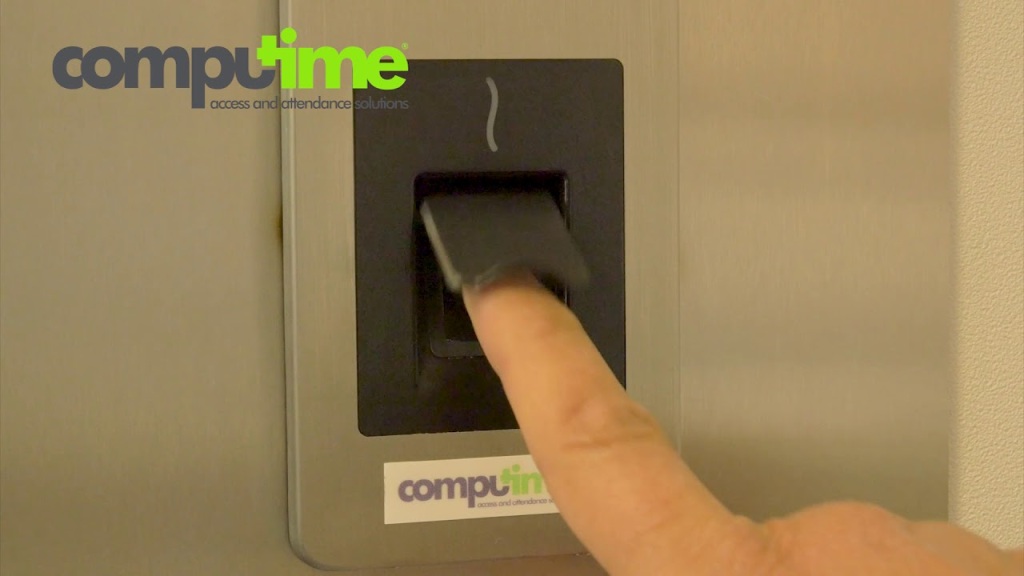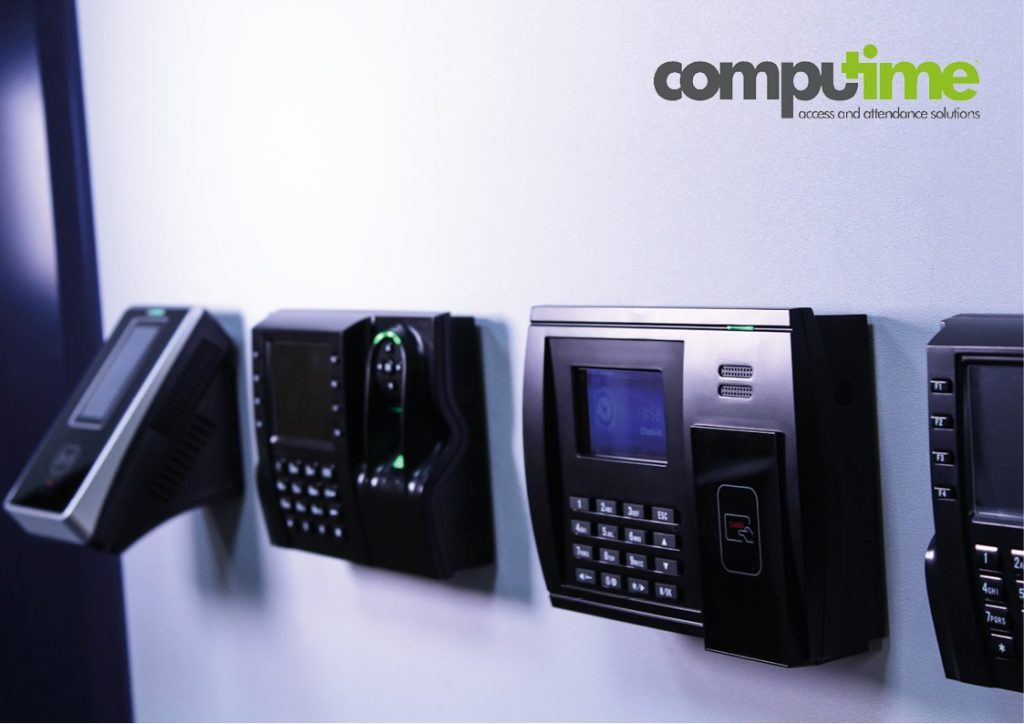In today’s dynamic workplaces, accurate and efficient timekeeping is paramount. For businesses in the UK, time and attendance systems have become indispensable tools for managing employee hours, streamlining payroll processes, and boosting overall operational efficiency.
This article delves into the world of Time and Attendance Systems in the UK, providing valuable insights for businesses of all sizes:
- The Benefits of T&A Systems: Explore the numerous advantages these systems offer for both employers and employees.
- Types of T&A Systems: Understand the various options available, from traditional methods to cutting-edge cloud-based solutions.
- Choosing the Right T&A System for Your Business: Learn key factors to consider when selecting the perfect system for your specific needs.
- Implementation and Ongoing Management: Gain insights into successfully integrating a T&A system into your workflow and ensuring its smooth operation.
- Compliance with UK Regulations: Understand your legal obligations regarding employee working hours and how T&A systems can help ensure compliance.
Why Invest in a Time and Attendance System?
Traditional methods of tracking employee hours, like paper timesheets, can be time-consuming, prone to errors, and lack transparency. T&A systems offer a multitude of benefits for businesses in the UK:
- Improved Accuracy: Automated timekeeping eliminates manual data entry errors, ensuring payroll calculations are precise.
- Enhanced Efficiency: Streamlined workflows free up valuable time spent managing timesheets, allowing HR teams to focus on strategic initiatives.
- Reduced Costs: Minimized administrative burdens and accurate payroll processing translate to cost savings.
- Increased Transparency: T&A systems provide clear records of employee hours, fostering trust and accountability.
- Real-time Insights: Access to data allows for informed decision-making regarding scheduling, workforce management, and employee productivity.
- Improved Employee Satisfaction: Streamlined processes and readily available work hour information can increase employee satisfaction.
A Look at the T&A System Landscape
The T&A system landscape in the UK offers a diverse range of options to cater to the needs of businesses of all sizes:
- Traditional Clocking-in Systems: These involve physical devices like punch clocks or swipe card readers where employees clock in and out of their shifts.
- Biometric Systems: Utilizing fingerprint scanners, facial recognition, or iris scans, these systems offer enhanced security and eliminate the possibility of buddy punching (one employee clocking in for another).
- Proximity Card Systems: Employees use key fobs or cards to clock in and out, offering a convenient and contactless alternative.
- Cloud-based T&A Systems: These web-based solutions offer real-time access to data from any device with an internet connection, providing greater flexibility and scalability.
- Mobile T&A Apps: Offering the ultimate in convenience, mobile apps allow employees to clock in and out from their smartphones, ideal for remote workers or those with flexible schedules.
Selecting the Right T&A System for You
With so many options available, choosing the right T&A system requires careful consideration. Here are some key factors to keep in mind:
- Company Size and Needs: Consider the number of employees, work schedules, and the complexity of your payroll processes.
- Budget: T&A systems vary in price depending on features and functionality. Determine a budget that aligns with your financial resources.
- Features and Functionality: Evaluate functionalities like overtime tracking, absence management, leave requests, and integration with existing payroll integration systems.
- Ease of Use: Choose a system that is user-friendly for both employees and HR personnel to minimize training needs and ensure smooth adoption.
- Security: Data security is paramount. Opt for a system with robust security measures to protect sensitive employee information.
Implementation and Ongoing Management
Once you’ve chosen a T&A system, successful implementation is crucial. Here are some steps to ensure a smooth transition:
- Clear Communication: Communicate the benefits and functionalities of the new system to all employees well in advance.
- Comprehensive Training: Provide proper training for employees and HR personnel on using the system effectively.
- Data Security Measures: Implement robust data security practices to protect employee information.
- Ongoing Support: Ensure the T&A system provider offers reliable technical support to address any issues that may arise.
Compliance with UK Regulations
UK employment law mandates specific regulations regarding employee working hours. T&A systems can play a vital role in ensuring compliance with these regulations:
- Working Time Regulations 1998: These regulations set maximum weekly working hours, rest break entitlements, and holiday pay requirements. T&A systems can assist with tracking these parameters.
- National Living Wage and National Minimum Wage: T&A systems help ensure employees are paid correctly according to their age and location by tracking their working hours.
- Holiday Entitlement: The UK government mandates a minimum of 28 days of paid annual leave. T&A systems can track employee leave requests and remaining holiday entitlement.
- Maintaining accurate and readily accessible time and attendance records is essential for demonstrating compliance with these regulations during potential inspections by the UK’s regulatory body, the Health and Safety Executive (HSE).
- Integration with Workforce Management Systems: Combining T&A data with workforce management systems allows for optimized scheduling, task allocation, and resource management.
- Data Analytics and Reporting: Advanced T&A systems provide insightful reports on employee work patterns, overtime trends, and absenteeism, enabling data-driven decision-making.
- Artificial Intelligence (AI): AI-powered T&A systems can automate tasks like anomaly detection and fraud prevention, further streamlining timekeeping processes.
- By investing in a robust and adaptable T&A system, businesses in the UK can ensure accurate timekeeping, streamline payroll processes, boost operational efficiency, and remain compliant with evolving regulations. With a future-oriented approach, T&A systems can become a valuable tool for businesses to optimize their workforce management and gain a competitive edge.















